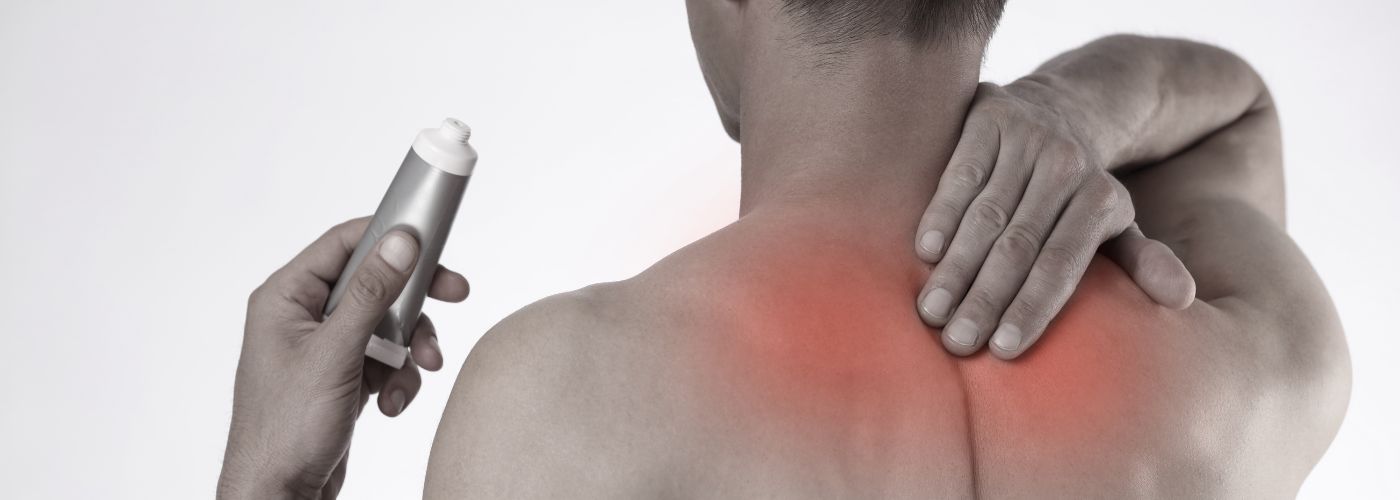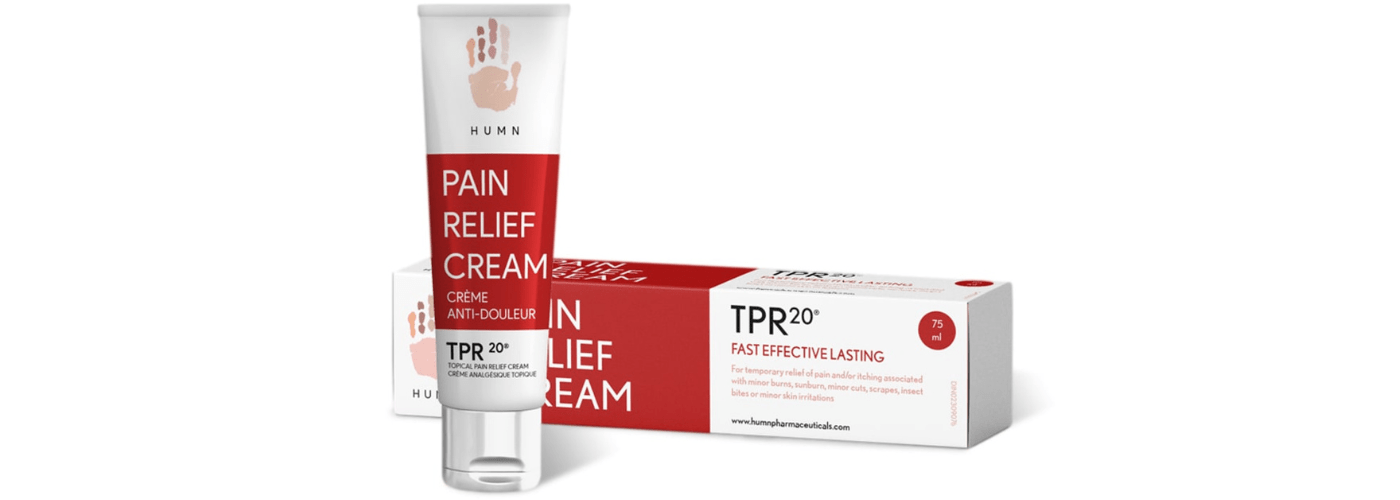For those suffering from chronic pain, searching for an effective solution can be a difficult and sometimes frustrating. Pain relief creams are one option that many individuals turn to in their search for relief. But do pain relief creams work? We’ll be going in-depth about pain relief creams and if they may help you.
How Does Pain Relief Cream Work?

Pain relief cream is a topical solution that temporarily relieves aches, pains, and soreness. It’s a popular over-the-counter treatment for minor injuries, including bruises, cuts, sprains, and muscle strains. But how exactly does it work?
Pain relief cream is typically composed of waxes and oils, including lidocaine, which produces cooling or warming sensations on the skin. These ingredients create a slight numbing effect that may help reduce pain in the affected area.
When applied topically, these ingredients may also help improve circulation to reduce swelling associated with an injury. Pain relieving creams may also contain analgesic medications, temporarily blocking nerve signals from transmitting pain signals to the brain.
This may relieve aches and pains but should not be used as a substitute for chronic pain or injuries. Always speak with a doctor about treatment if suffering from chronic pain.
What Is Lidocaine Cream Used For

Lidocaine cream is a topical anesthetic commonly used for various skin ailments. It works by numbing the area of application, potentially providing relief from itching, burning, and pain.
Lidocaine cream may relieve the discomfort of minor skin irritations, such as sunburn or insect stings. It can also reduce discomfort associated with certain medical procedures, such as laser treatments or cosmetic injections.
Topical lidocaine cream is available without a prescription in various concentrations ranging from 2-5%. For more serious conditions, such as post-surgical wounds or deep tissue damage, higher concentrations may be necessary and must be prescribed by a doctor.
Lidocaine cream should not be applied over large areas or on broken skin and should never be ingested orally; it should only be applied directly to the affected area.
How Long Does Lidocaine Cream Last
Lidocaine cream is a type of medication that is often used for sunburns, insect bites, allergic reactions, and even during medical procedures such as injections or laser treatments. But how long does lidocaine cream last?
The duration of the numbing effects of lidocaine cream depends on several factors, including the strength of the formulation, how much is applied, and where it’s applied.
Generally speaking, most people experience relief between 30 minutes to two hours after application.
In addition, when applied in higher concentrations or larger amounts, lidocaine can remain active for up to four hours. However, if you are looking for longer-lasting relief, your doctor may suggest other options such as TENS & EMS therapy devices.
This natural therapy works with your body to block pain signals from reaching the brain and potentially increase blood flow to damaged tissue for faster recovery.
Does Lidocaine Cream Expire?
Does Lidocaine Cream Expire? The answer is yes, and it’s important to pay attention to the expiration date on the packaging. Lidocaine cream is commonly used for minor skin irritations and pain relief, but beyond a certain point, its efficacy decreases significantly.
If you plan on using lidocaine cream past its expiration date, it may not provide any real benefit and could even be harmful. It’s best to check the manufacturer’s instructions or contact your pharmacist if you have any questions about how long your product is good for.
Expired lidocaine cream can cause adverse reactions ranging from mild rashes to more serious skin irritation or blistering. In some cases, users may experience itching or burning sensations after applying expired lidocaine cream. Which can indicate an allergic reaction or an infection caused by bacterial growth in the formula.
As always, speak with your doctor for proper treatments for joint pain or any discomfort you’re experiencing.

Related Stories
When Courage Takes Flight: Lessons From a Women’s Skydiving Record Attempt
Photo by Taylor Buffington (T-Buff) We went to Eloy, Arizona on a mission — to...
Nov
Sciatica: 1, LeBron: 0 (For Now)
File photo: LeBron James #6 of the Los Angeles Lakers. (Photo: Thearon W. Henderson /...
Oct
Pickleball vs. Tennis: The Science of Recovery
For years, tennis was the stand-in for movement: endurance, coordination, and power all at once....
Oct
5 Ways to Support Bone Strength with HiDow
World Osteoporosis Day (October 20) October 20 is World Osteoporosis Day, and chances are, you’ve...
Oct
FDA-Cleared Is a Flex. Here’s Why.
Pulling Back the Curtain You’ve seen it on boxes, on websites, in ads: FDA-cleared. It...
Sep
This Is Fibro. This Is Larry.
September is Pain Awareness Month. And we’re not here to give you medical definitions or...
Sep